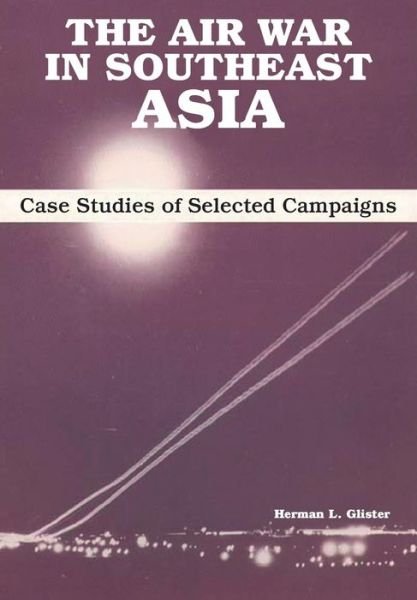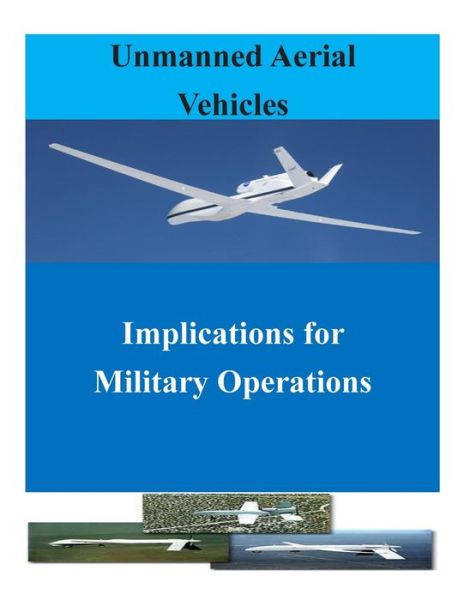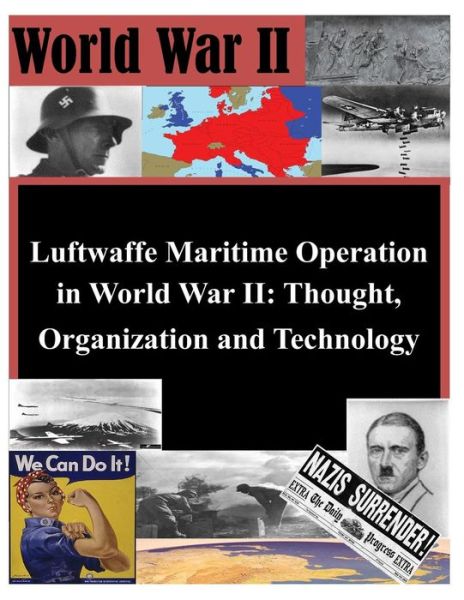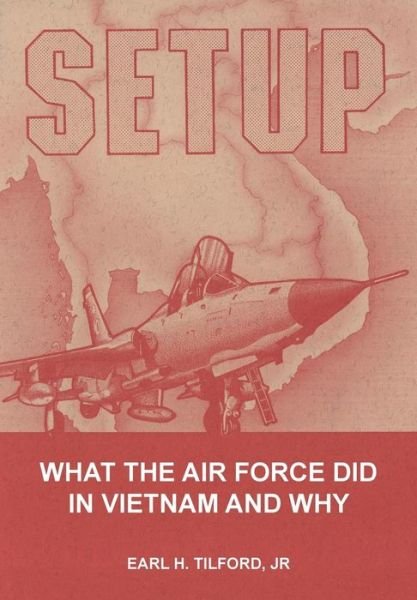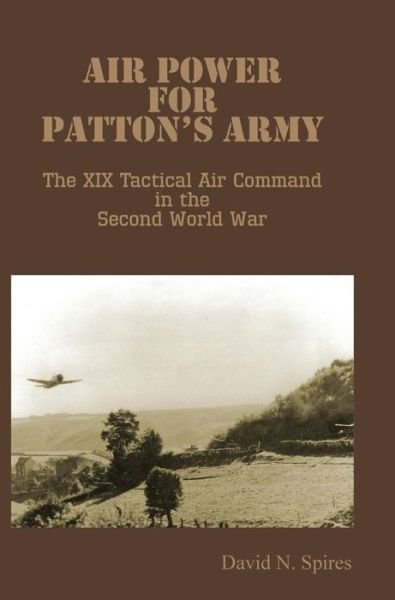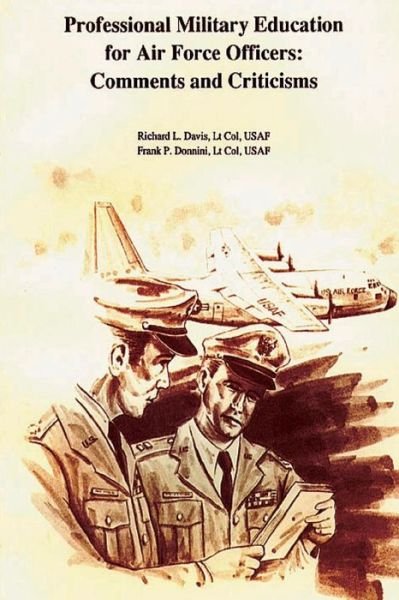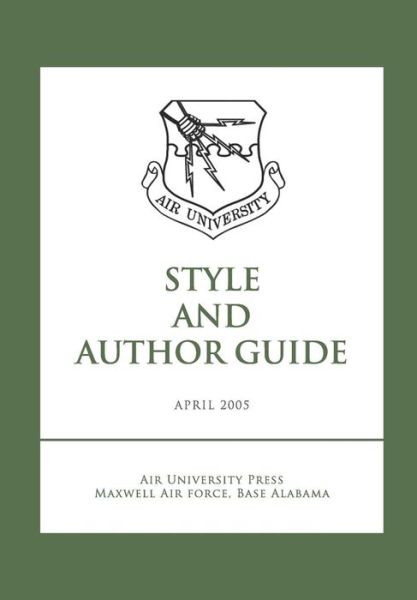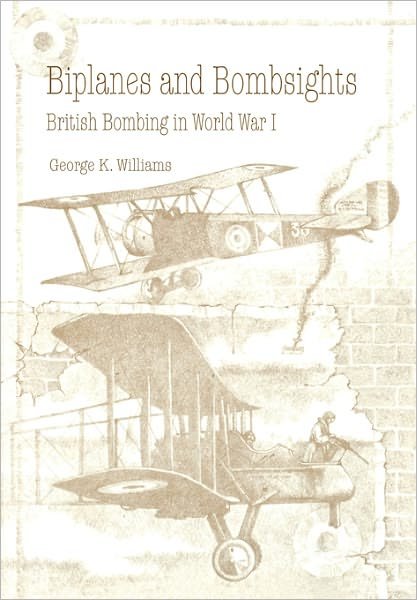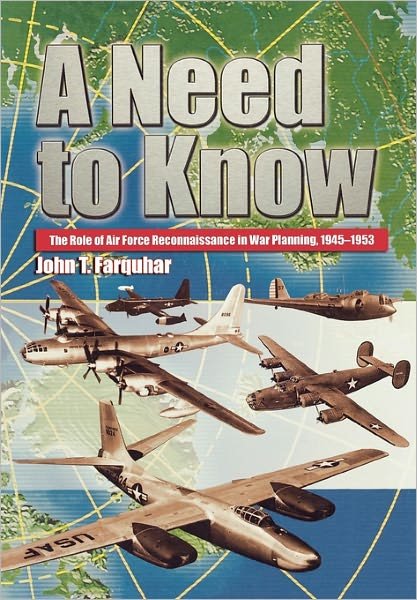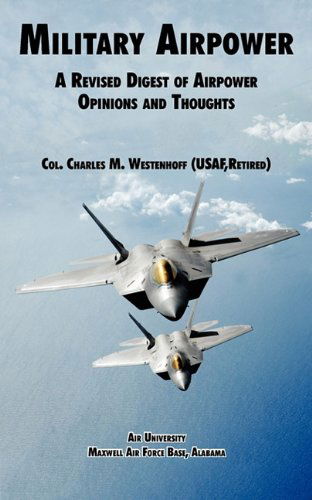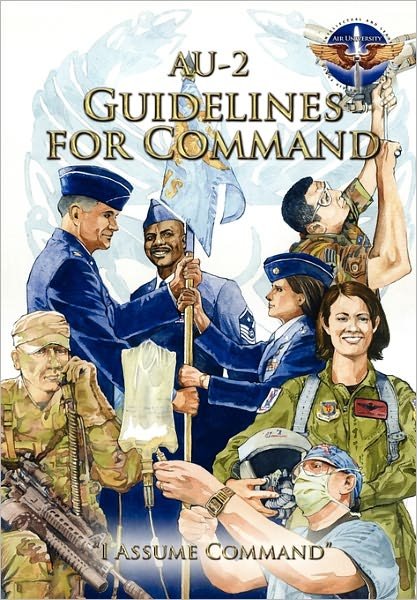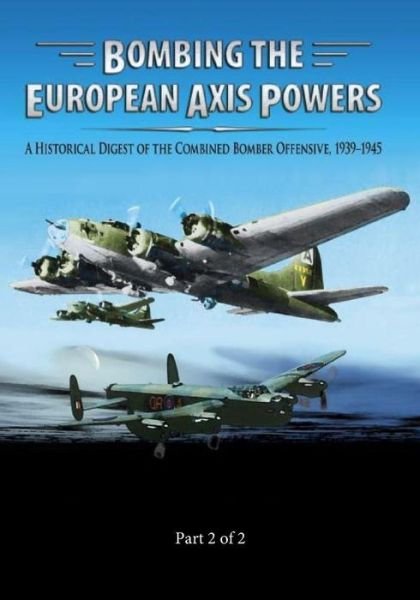
Tell your friends about this item:
Bombing the European Axis Powers: a Historical Digest of the Combined Bomber Offensive 1939-1945 Part 2 of 2
Air University Press
Bombing the European Axis Powers: a Historical Digest of the Combined Bomber Offensive 1939-1945 Part 2 of 2
Air University Press
Publisher Marketing: Part 2 of 2 The theory of strategic air bombardment states that airpower is best used offensively to penetrate an enemy's home territory and disrupt or destroy the economy and means of war production to force the enemy to surrender. Strategic bombing will succeed either because it has fatally compromised the ability to carry on hostilities or because bombing has broken the will of the people and/or leadership to continue the fight. In World War II only multiengine bomber aircraft had the range, payload, and accuracy to accomplish this task. The strategic bombing theorists posited that destruction of the foe's means of production-by aiming bombs almost entirely at manufacturing, service, and distribution facilities-would quickly lead to the surrender of its armies at the front when, or even before, they exhausted the supplies remaining in their logistics system. This was the ideal result. If, for any number of reasons, that direction of attack proved impractical or insufficient, then strategic bombing theory suggested that an attack on the enemy's will to resist by applying force against the civilian population (i.e., bombing the enemy's principal population centers) might achieve the same end. In this study the author examines the employment of strategic bombers by and the target selection of the British Royal Air Force (RAF) and the US Army Air Forces (AAF) in their campaign against Germany in World War II. In doing so he provides readers with a statistical basis of analysis that will enable them to form their own judgment as to the validity of the theory of strategic bombing and the intentions of the Anglo-Americans in their use of it. At first it seemed that air bombardment offered a means of avoiding the slaughter of the First World War's trench fighting. However, Japanese bombing of Chinese cities in the Sino- Japanese War of the 1930s and Nationalist bombings of Republican cities in the Spanish Civil War appeared to have transferred the slaughter from both sides' frontline soldiers to the enemy's civilians on the home front, instead of lowering the overall human cost of modern warfare. For example, on 26 April 1937 (a market day), bombers of the German Condor Legion supporting the Spanish Nationalist forces led by Gen Francisco Franco attacked Guernica, a town of 7,000 people- a figure that apparently included refugees and those attending the local market. They dropped 40.5 tons of bombs on the undefended and totally unprepared municipality, killing between 200 and 1,650 people and wounding an additional 889. At the worst, this resulted in a ratio of dead to tons of bombs dropped of more than 40 to 1. Likewise, in March 1938, 42 tons of Italian bombs on the defended and prepared city of Barcelona purportedly resulted in more than 3,000 casualties. Most observers at the time seemed to overestimate the casualties of these attacks while failing to consider the general steadfastness of the population under bombardment. In the midst of the international furor over the bombing of the town of Guernica during the Spanish civil war, the plans committee of the British joint chiefs of staff predicted the possible effects of the first week of a German air offensive against Britain at 150,000 casualties. These figures were based on analysis of the German bombing of London in World War I. The perceptions of the general public, apparently based on a straight-line extrapolation of the Guernica casualties, rested on what would eventually prove, from later and much larger World War II experience, a statistical freak.
| Media | Books Paperback Book (Book with soft cover and glued back) |
| Released | October 15, 2014 |
| ISBN13 | 9781502820006 |
| Publishers | Createspace |
| Genre | Chronological Period > 1940's |
| Pages | 156 |
| Dimensions | 178 × 254 × 8 mm · 281 g |
More by Air University Press
See all of Air University Press ( e.g. Paperback Book and Hardcover Book )

 Christmas presents can be returned until 31 January
Christmas presents can be returned until 31 January







